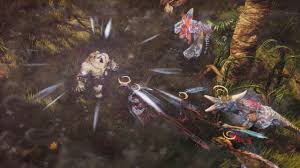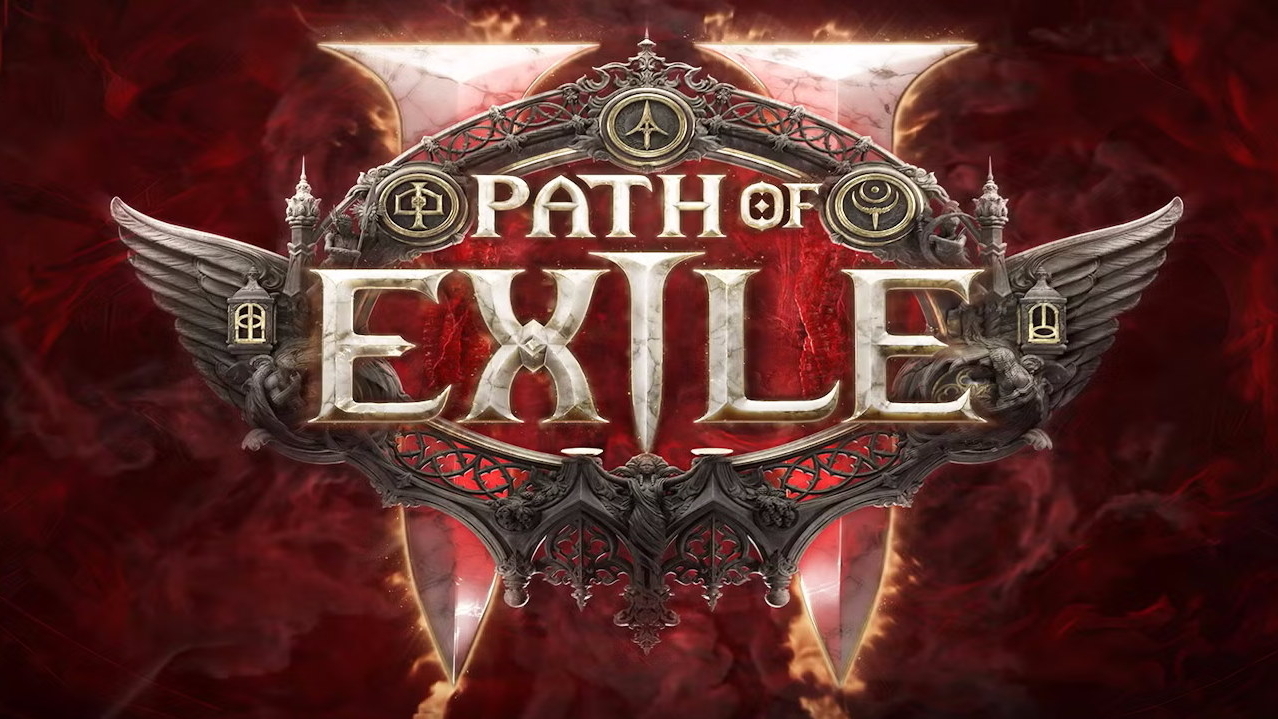u4gm Diablo 4 Combat Guide Why Rend Is Perfect for Boss Fights
Boss encounters in Diablo 4 are very different from clearing ordinary mobs. While most skills focus on explosive damage to wipe groups quickly, boss battles demand patience, sustained pressure, and survivability. This is where Rend stands out. Its ability to apply consistent bleed damage makes it one of the most underrated tools in the Barbarian’s arsenal during high-stakes fights.
Unlike Whirlwind, which loses value against single targets, Rend continues to deliver results. Every application of bleed stacks with the previous one, turning what looks like a modest strike into significant cumulative damage. For bosses with high health pools, this makes Rend invaluable.
The strategy for boss fights centers on uptime. Players should aim to keep bleed effects active at all times, refreshing Rend before it expires. This ensures a continuous stream of damage, reducing downtime and allowing the Barbarian to focus on dodging mechanics or controlling adds.
Gear plays an essential role in maximizing Rend’s boss-fighting potential. Items that extend bleed duration or increase its tick rate make the skill far more threatening. Additionally, aspects that reward attacking bleeding enemies can transform Rend into a centerpiece of a full bleed build designed specifically for boss takedowns.
Survivability also ties closely into Rend’s playstyle. Since bleed allows damage to continue while the Barbarian moves, players can dedicate more time to defensive maneuvers. This creates a safer environment where maintaining DPS doesn’t mean standing still and risking death.
Exploration leading to boss encounters further highlights Rend’s versatility. While not as quick as AoE-heavy skills for mob clearing, Rend weakens elites along the way, leaving the Barbarian in stronger shape before entering the boss arena. This consistency adds a layer of preparation not often seen in burst-heavy builds.
For players aiming at high-tier Nightmare Dungeons, Rend is especially effective against dungeon bosses. As difficulty scales, the skill’s ability to maintain constant pressure without requiring constant button mashing becomes more and more valuable.
Ultimately, Rend may not feel flashy, but its reliability in boss fights is unmatched. Players who embrace its sustained pressure mechanics will find themselves with a dependable tool that turns marathon battles into manageable victories.
Secure powerful loot fast — only at https://www.u4gm.com/d4-items
Boss encounters in Diablo 4 are very different from clearing ordinary mobs. While most skills focus on explosive damage to wipe groups quickly, boss battles demand patience, sustained pressure, and survivability. This is where Rend stands out. Its ability to apply consistent bleed damage makes it one of the most underrated tools in the Barbarian’s arsenal during high-stakes fights.
Unlike Whirlwind, which loses value against single targets, Rend continues to deliver results. Every application of bleed stacks with the previous one, turning what looks like a modest strike into significant cumulative damage. For bosses with high health pools, this makes Rend invaluable.
The strategy for boss fights centers on uptime. Players should aim to keep bleed effects active at all times, refreshing Rend before it expires. This ensures a continuous stream of damage, reducing downtime and allowing the Barbarian to focus on dodging mechanics or controlling adds.
Gear plays an essential role in maximizing Rend’s boss-fighting potential. Items that extend bleed duration or increase its tick rate make the skill far more threatening. Additionally, aspects that reward attacking bleeding enemies can transform Rend into a centerpiece of a full bleed build designed specifically for boss takedowns.
Survivability also ties closely into Rend’s playstyle. Since bleed allows damage to continue while the Barbarian moves, players can dedicate more time to defensive maneuvers. This creates a safer environment where maintaining DPS doesn’t mean standing still and risking death.
Exploration leading to boss encounters further highlights Rend’s versatility. While not as quick as AoE-heavy skills for mob clearing, Rend weakens elites along the way, leaving the Barbarian in stronger shape before entering the boss arena. This consistency adds a layer of preparation not often seen in burst-heavy builds.
For players aiming at high-tier Nightmare Dungeons, Rend is especially effective against dungeon bosses. As difficulty scales, the skill’s ability to maintain constant pressure without requiring constant button mashing becomes more and more valuable.
Ultimately, Rend may not feel flashy, but its reliability in boss fights is unmatched. Players who embrace its sustained pressure mechanics will find themselves with a dependable tool that turns marathon battles into manageable victories.
Secure powerful loot fast — only at https://www.u4gm.com/d4-items
u4gm Diablo 4 Combat Guide Why Rend Is Perfect for Boss Fights
Boss encounters in Diablo 4 are very different from clearing ordinary mobs. While most skills focus on explosive damage to wipe groups quickly, boss battles demand patience, sustained pressure, and survivability. This is where Rend stands out. Its ability to apply consistent bleed damage makes it one of the most underrated tools in the Barbarian’s arsenal during high-stakes fights.
Unlike Whirlwind, which loses value against single targets, Rend continues to deliver results. Every application of bleed stacks with the previous one, turning what looks like a modest strike into significant cumulative damage. For bosses with high health pools, this makes Rend invaluable.
The strategy for boss fights centers on uptime. Players should aim to keep bleed effects active at all times, refreshing Rend before it expires. This ensures a continuous stream of damage, reducing downtime and allowing the Barbarian to focus on dodging mechanics or controlling adds.
Gear plays an essential role in maximizing Rend’s boss-fighting potential. Items that extend bleed duration or increase its tick rate make the skill far more threatening. Additionally, aspects that reward attacking bleeding enemies can transform Rend into a centerpiece of a full bleed build designed specifically for boss takedowns.
Survivability also ties closely into Rend’s playstyle. Since bleed allows damage to continue while the Barbarian moves, players can dedicate more time to defensive maneuvers. This creates a safer environment where maintaining DPS doesn’t mean standing still and risking death.
Exploration leading to boss encounters further highlights Rend’s versatility. While not as quick as AoE-heavy skills for mob clearing, Rend weakens elites along the way, leaving the Barbarian in stronger shape before entering the boss arena. This consistency adds a layer of preparation not often seen in burst-heavy builds.
For players aiming at high-tier Nightmare Dungeons, Rend is especially effective against dungeon bosses. As difficulty scales, the skill’s ability to maintain constant pressure without requiring constant button mashing becomes more and more valuable.
Ultimately, Rend may not feel flashy, but its reliability in boss fights is unmatched. Players who embrace its sustained pressure mechanics will find themselves with a dependable tool that turns marathon battles into manageable victories.
Secure powerful loot fast — only at https://www.u4gm.com/d4-items
0 Yorumlar
0 hisse senetleri
1489 Views






